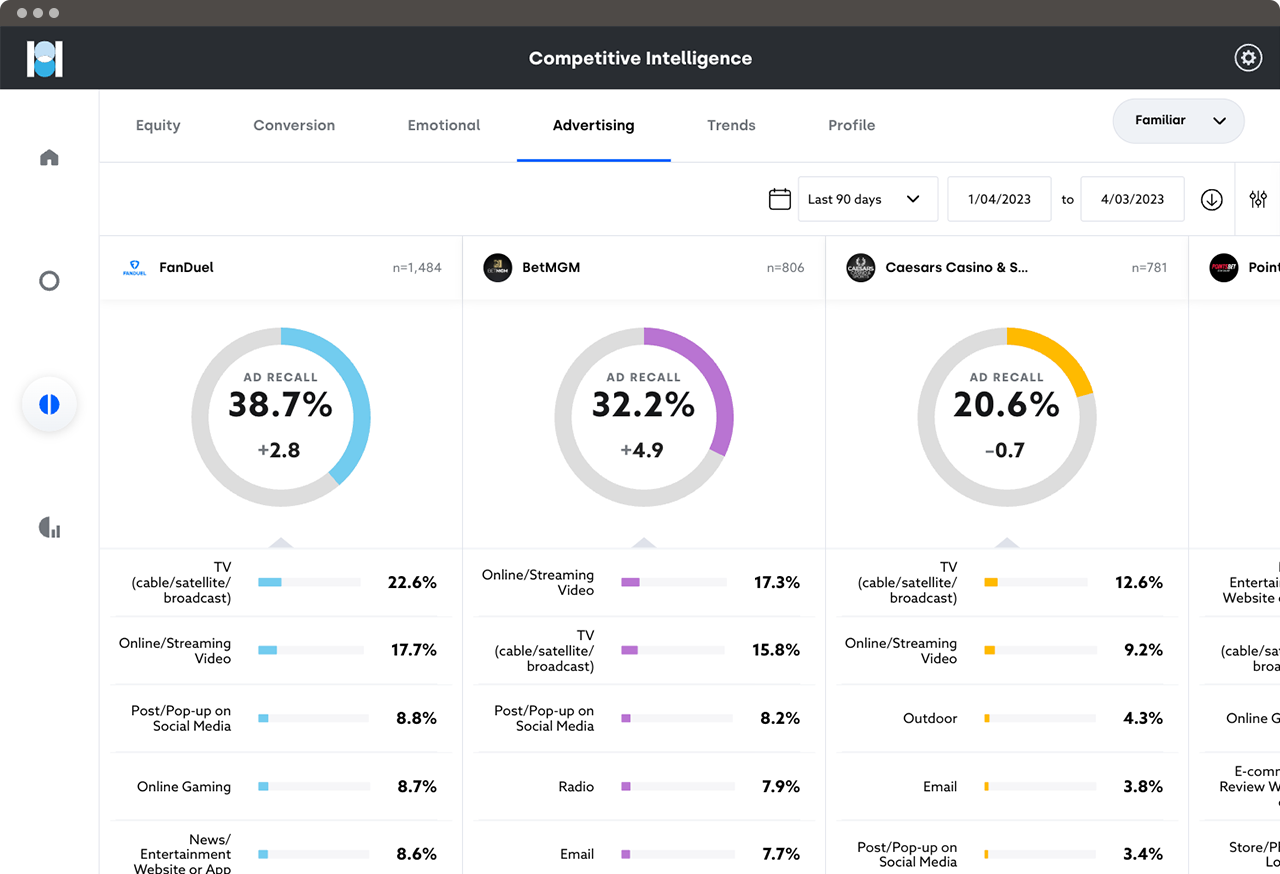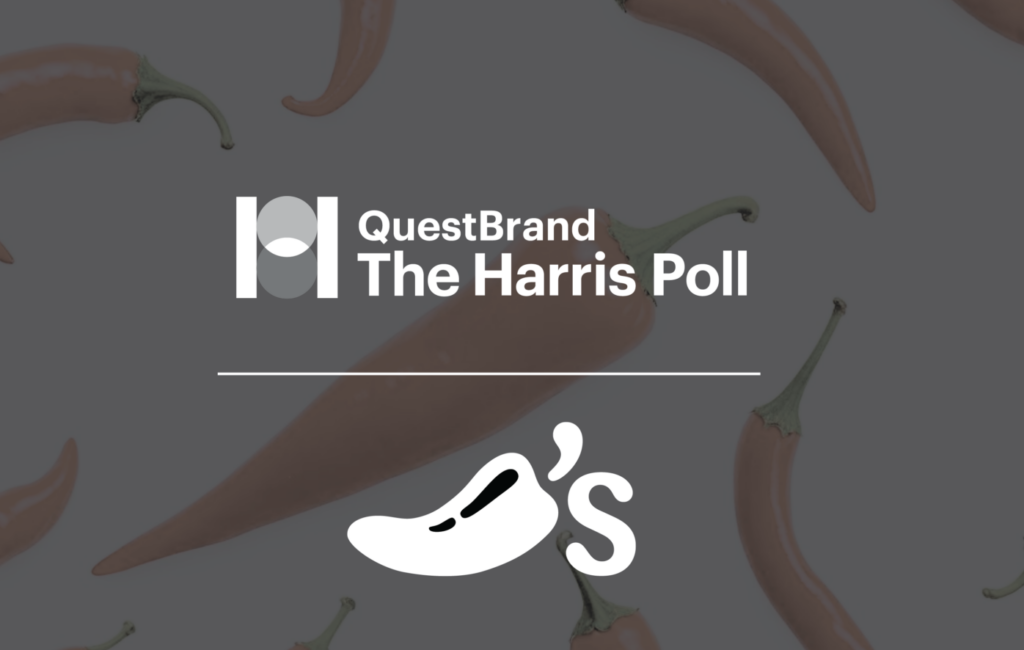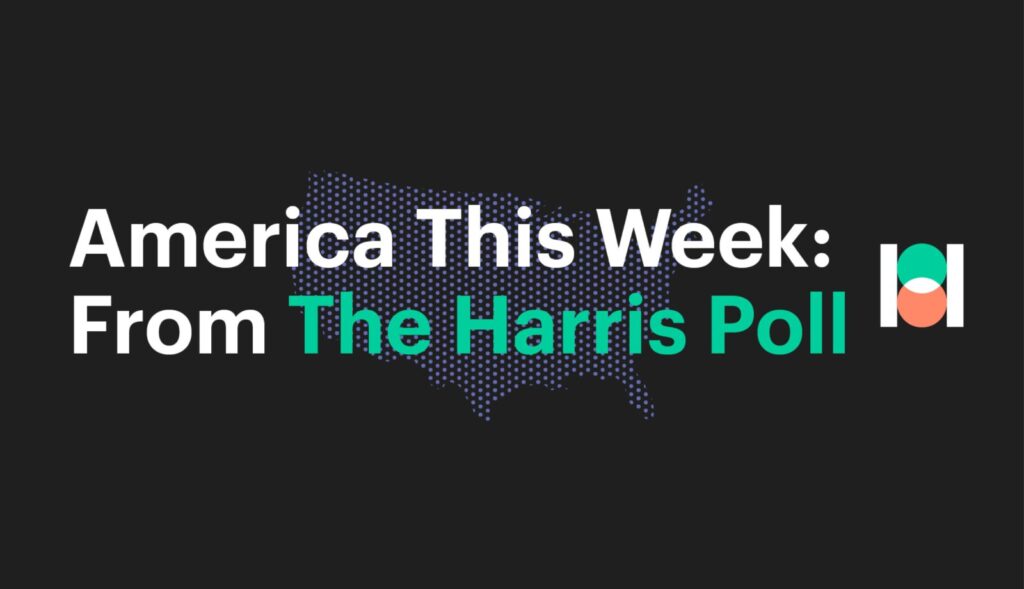Brief • 2 min Read

From brackets to buzzer-beaters, the annual NCAA college basketball tournament, March Madness, has become one of the most anticipated sports events of the year. Since the tournament’s debut in 1939, the way fans engage with the event has evolved, especially with the emergence of digital platforms.
Ahead of this year’s tournament, the popular messaging app, Snapchat, set a new strategy to tap into these viewership shifts and bring the magic of March Madness alive with interactive content.
Tapping into the momentum of March Madness, Snapchat made a slam dunk with its tournament coverage and shifted how NCAA fans perceive the popular app.
Slam Dunk Strategy for Brand Equity
While March Madness attracts NCAA basketball enthusiasts, there are also plenty of viewers who join in on group bracket pools or casually watch a few of the games throughout the month.
According to a recent Harris Poll, more than two-thirds of adults aged 18-34 (68%) planned to follow at least one (men’s or women’s) NCAA tournament this year.
Snapchat set a goal to engage beyond the “typical fan” and capitalize on more “casual fans” and younger generations throughout March Madness, according to Anmol Malhotra, Snapchat’s head of sports partnerships.
In addition to live highlights, Snapchat created a 360 experience of March Madness by covering pregame, postgame, fan, and locker room content. Users could also immerse themselves in the content by using fun filters and lenses to react to tournament updates. Following this content push, QuestBrand data reveals that NCAA basketball fans had a more favorable view of Snapchat.
Snapchat’s Shift in Brand Equity Among US NCAA Basketball Fans – Pre vs. Post Tournament

QuestBrand. Base: US NCAA Basketball Fans. Pre: 11/1/24-2/28/25, n=372. Post: 3/1/25-4/7/25, n=134.
After the month-long tournament in March, there was significant growth in Snapchat’s brand familiarity (+12.9) and momentum (+10.4) among NCAA basketball fans. Familiarity and momentum are components of brand equity, which measures the value consumers see in a brand at a particular moment in time. Brand familiarity measures how recognizable a brand is, while brand momentum measures a brand’s ability to maintain market position and overcome competitors.
Snapchat’s surge in momentum could be attributed to Snapchat’s unique March Madness coverage, which spotlighted the physical teams and players with Snap Star accounts. Because Snapchat gave players a platform to share their stories and tournament journey, fans learned more about the individuals beyond the court and broadcast channel.
Additionally, brand partnerships with Taco Bell, Uber, Buffalo Wild Wings, Powerade, Warner Bros. Discovery, and Turner allowed Snapchat to harness exciting offers and new perspectives of the event.
Snapchat’s Next Play to Enhance Market Position
By pushing out real-time coverage and unique player insights, Snapchat set itself apart during March Madness. After the tournament, NCAA basketball fans more often described the app as “confident” (+8.0) and “simple” (+7.1).
How NCAA Basketball Fans Describe Snapchat – Pre vs. Post Tournament

QuestBrand. Base: US NCAA Basketball Fans. Pre: 11/1/24-2/28/25, n=372. Post: 3/1/25-4/7/25, n=134.
By offering multiple ways to experience the tournament, Snapchat set an example of how digital platforms can tap into the second-screen engagement. While viewers traditionally tune into televised sports events, they also turn to social platforms to interact with fresh content, explore new perspectives, people and products, and experience action in real-time.
According to our Harris Poll survey, nearly 50% of Americans believe watching and playing sports helps them connect with people from different backgrounds – and apps like Snapchat can play a crucial role in fostering those connections.
With its March Madness initiatives, Snapchat showed how digital platforms can provide new ways for fans to experience live events, get up close in the action, and engage with sports coverage on a deeper, more dynamic level.
Subscribe for more Insights
Subscribe to our newsletter for the latest trends in business, politics, culture, and more.

Related Content









